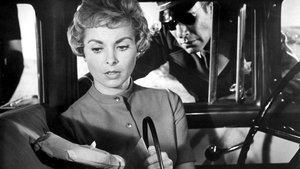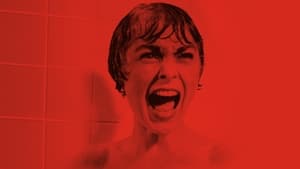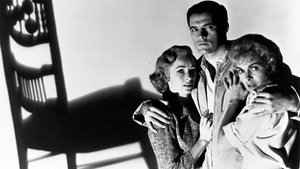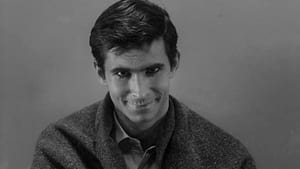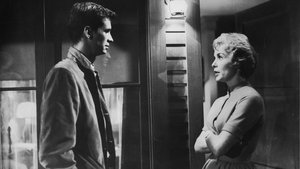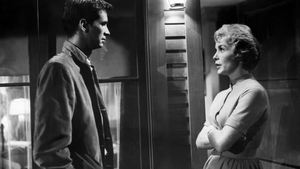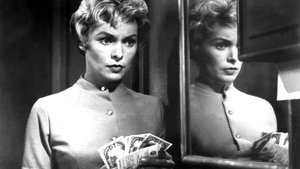Contact: info@alwanfilm.com
Video Sources 0 Views
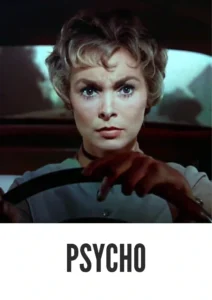
Synopsis
Unraveling the Mystery: Psycho 1960 Colorized Review and Analysis

Introduction
Psycho 1960 Colorized, a cornerstone of cinematic history, has been reimagined through the lens of early colorization. This transformation brings new dimensions to a timeless classic. In this article, we delve into the significance of the film’s early colored version and its impact on the viewing experience, exploring its historical context and artistic implications.
Check The Full Colorized Movies List
Check Our Colorized Movies Trailer Channel
Understanding Psycho 1960 Colorized: Director, Cast, and Genre
Directed by the legendary Alfred Hitchcock, Psycho 1960 Colorized features an ensemble cast led by Anthony Perkins, Janet Leigh, and Vera Miles. The film defies easy categorization, blending elements of horror, suspense, and psychological thriller to create a genre-defining masterpiece.
Hitchcock’s vision for Psycho 1960 Colorized was revolutionary, pushing the boundaries of cinematic storytelling and challenging audience expectations. The film’s innovative use of narrative structure and visual imagery continues to inspire filmmakers to this day.
Exploring the World of Psycho 1960 Colorized: Plot and Characters
Set against the backdrop of a remote motel, Psycho 1960 Colorized follows the harrowing tale of Marion Crane, a young woman on the run after embezzling money from her employer. Seeking refuge at the Bates Motel, Marion encounters the enigmatic Norman Bates, whose sinister secrets threaten to unravel her life.
The film’s iconic shower scene, featuring Marion’s shocking demise at the hands of a mysterious assailant, remains one of the most memorable moments in cinematic history. Perkins’ portrayal of Norman Bates, a character shrouded in layers of complexity and ambiguity, is nothing short of mesmerizing.
The Art of Film Colorization
Film colorization, the process of adding color to black and white footage, has a storied history in the world of cinema. From its inception in the early 20th century to its modern-day applications, colorization has been both celebrated and criticized for its impact on the viewing experience.
Early colorization techniques relied on hand-painting individual frames or tinting entire scenes to achieve a desired effect. However, advancements in technology have led to more sophisticated methods, allowing for greater precision and control over the colorization process.
Early Colored Films: A Brief History
The emergence of early colored films marked a significant turning point in the history of cinema, ushering in a new era of visual storytelling. From silent classics like “The Wizard of Oz” to groundbreaking epics like “Gone with the Wind,” early colored films captivated audiences with their vibrant hues and dynamic imagery.
Technological innovations such as Technicolor and Eastmancolor revolutionized the way films were made, paving the way for the widescale adoption of colorization techniques. As filmmakers experimented with color, they discovered new ways to evoke emotion and enhance narrative depth.
Psycho 1960 Colorized and Its Early Colored Version
The decision to release Psycho 1960 Colorized in a colorized format was met with both excitement and skepticism from fans and critics alike. While purists argued that colorization detracted from the film’s original aesthetic, others saw it as an opportunity to breathe new life into a beloved classic.
The colorized version of Psycho 1960 Colorized adds a layer of visual richness to Hitchcock’s meticulously crafted world, enhancing the film’s atmospheric tension and immersive quality. From the haunting green glow of the Bates Motel to the vibrant red of Marion’s blood, colorization amplifies the film’s visceral impact.
The Debate Over Film Colorization
The debate over film colorization is as old as the practice itself, with proponents and detractors passionately defending their respective positions. While some argue that colorization allows audiences to experience classic films in a fresh and exciting way, others contend that it compromises the integrity of the original work.
Filmmakers like Martin Scorsese and Steven Spielberg have spoken out against colorization, advocating for the preservation of black and white films as they were originally intended to be seen. However, advancements in digital technology have made colorization more accessible and sophisticated, blurring the lines between old and new.
Examining Psycho 1960 Colorized as an Early Colored Film
As a pioneering example of early colorization, Psycho 1960 Colorized offers valuable insights into the evolving landscape of cinematic aesthetics. While purists may lament the departure from the film’s original black and white format, there is no denying the visual impact of its colored version.
Colorization enhances the atmospheric tension of Psycho 1960, immersing viewers in the eerie world of the Bates Motel and heightening the film’s psychological intensity. From the muted tones of Norman Bates’ office to the stark contrast of light and shadow in the final confrontation, colorization adds a new dimension to Hitchcock’s masterwork.
Influence and Legacy: Psycho 1960’s Impact on Cinema
Psycho 1960 Colorized has left an indelible mark on the cinematic landscape, inspiring generations of filmmakers to explore the darker corners of the human psyche. Its influence can be seen in the countless horror films and thrillers that have followed in its wake, from “The Silence of the Lambs” to “Se7en.”
Hitchcock’s innovative storytelling techniques and mastery of suspense continue to shape the way we think about cinema, proving that even decades after its release, Psycho 1960 remains as relevant and influential as ever.
Director’s Cinematic Legacy: Beyond Psycho 1960
Alfred Hitchcock’s legacy extends far beyond Psycho 1960, encompassing a diverse body of work that spans multiple genres and styles. From his early silent films to his later Hollywood blockbusters, Hitchcock’s influence on the art of filmmaking is undeniable.
Themes Explored in Psycho 1960
Psycho 1960 delves into a range of themes, from the nature of identity and obsession to the destructive power of secrets and lies. Its exploration of psychological trauma and the darker aspects of human nature continues to resonate with audiences, offering a chilling glimpse into the depths of the human psyche.
Reception and Controversy Surrounding Psycho 1960
Upon its release, Psycho 1960 was met with both critical acclaim and controversy. While some praised its innovative storytelling and groundbreaking visual techniques, others were shocked by its graphic violence and subversive themes.
Where to Watch Psycho 1960 Online
For those eager to experience the brilliance of Psycho 1960, the film is readily available on popular streaming platforms such as Netflix, Amazon Prime, and Hulu. Whether viewed in its original black and white format or its early colored version, Psycho 1960 promises to captivate audiences with its gripping narrative and unforgettable imagery.
FAQs About Psycho 1960
- Is Psycho 1960 based on a true story? No, Psycho 1960 is a work of fiction, though it draws inspiration from real-life cases of psychopathy and serial murder.
- Who are the main actors in Psycho 1960? The film stars Anthony Perkins as Norman Bates, Janet Leigh as Marion Crane, and Vera Miles as Lila Crane.
- What is the controversy surrounding the colorization of Psycho 1960? Some argue that colorization compromises the artistic integrity of the original film, while others see it as a legitimate means of updating old classics for modern audiences.
Conclusion
In conclusion, Psycho 1960 stands as a testament to the enduring power of cinema to captivate, challenge, and provoke audiences. Whether viewed in its original black and white format or its early colored version, Psycho 1960 remains a timeless masterpiece that continues to inspire and unsettle viewers with its visceral storytelling and groundbreaking imagery. As we continue to debate the merits of film colorization, one thing remains clear: the legacy of Psycho 1960 will endure for generations to come.

